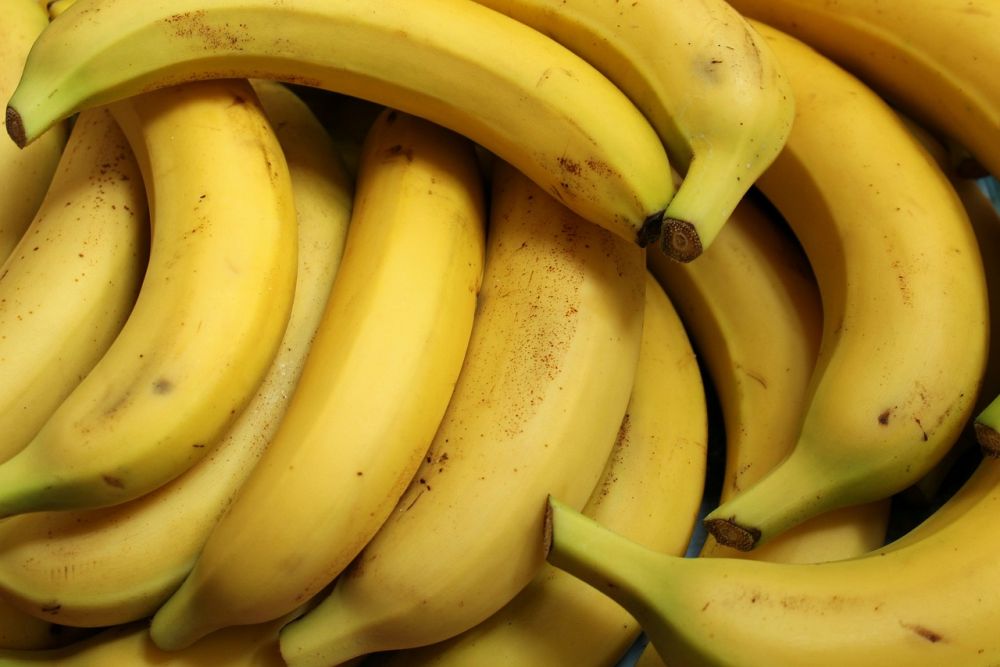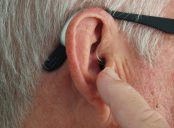Diet Fiber: A Comprehensive Guide to Types, Measurements, and Benefits

Introduction
In today’s health-conscious society, diet fiber has gained significant attention for its numerous health benefits. This article provides a thorough overview of diet fiber, including its definition, various types, popularity, and quantitative measurements. Additionally, we delve into the differences between different types of diet fiber, a historical perspective on their pros and cons, and why they are essential for maintaining a healthy lifestyle.
What is Diet Fiber?

Diet fiber, also known as dietary fiber, refers to the indigestible plant material present in our food. Unlike other nutrients, our bodies cannot fully break down and absorb fiber. However, it plays a crucial role in maintaining digestive health, regulating blood sugar levels, and supporting weight management.
Types of Diet Fiber
There are two main types of diet fiber: soluble fiber and insoluble fiber. Soluble fiber dissolves in water and forms a gel-like substance, helping to lower cholesterol levels and stabilize blood sugar. Insoluble fiber, on the other hand, adds bulk to the stool, preventing constipation and promoting regular bowel movements.
Some popular sources of soluble fiber include oats, beans, lentils, fruits, and vegetables. Insoluble fiber can be found in whole grains, nuts, seeds, and the skins of fruits and vegetables.
Quantitative Measurements of Diet Fiber
When it comes to measuring diet fiber, it is important to consider two values: recommended daily intake and grams per serving. The recommended daily intake of fiber varies depending on age and gender, with adults typically advised to consume between 25-30 grams.
Food labels often indicate the amount of fiber per serving. For example, a cup of steel-cut oats contains around 8 grams of fiber, while a slice of whole wheat bread provides approximately 2 grams. These measurements help individuals track their fiber intake and ensure they meet the recommended daily intake.
Differences Between Types of Diet Fiber
While both soluble and insoluble fiber offer health benefits, they differ in terms of their impact on the body. Soluble fiber forms a gel-like substance in the digestive system, which slows down the digestion process and helps control blood sugar levels. On the other hand, insoluble fiber adds bulk to the stool, facilitating regular bowel movements.
Each type of fiber also has specific food sources. For example, fruits, legumes, and oats are excellent sources of soluble fiber, while whole grains, nuts, and seeds provide significant amounts of insoluble fiber. Incorporating a variety of fiber-rich foods into your diet ensures you benefit from both soluble and insoluble fiber.
A Historical Perspective on the Pros and Cons of Diet Fiber
Throughout history, the benefits of diet fiber have been recognized and debated. In ancient times, fiber was mainly considered beneficial for regulating digestion. However, in recent decades, extensive research has demonstrated its positive impact on heart health, weight management, and blood sugar control.
Despite the numerous advantages of diet fiber, some individuals may experience digestive discomfort when significantly increasing their fiber intake. Gradually introducing fiber-rich foods into one’s diet and staying hydrated can help minimize these side effects.
Conclusion
In conclusion, diet fiber is a significant component of a healthy diet, promoting digestive health, regulating blood sugar levels, and supporting weight management. Soluble and insoluble fiber both offer unique benefits and can be obtained through various food sources. By understanding the differences between these types of fiber and incorporating them into our diets, we can lead healthier lives.
Add a video here that demonstrates fiber-rich recipes or provides additional information on the importance of diet fiber for overall well-being.
Through comprehensive knowledge of diet fiber, individuals can make informed choices about their nutritional intake and reap the many benefits it offers. So, start incorporating fiber-rich foods into your diet today and witness the positive impact it has on your overall health and well-being.





















